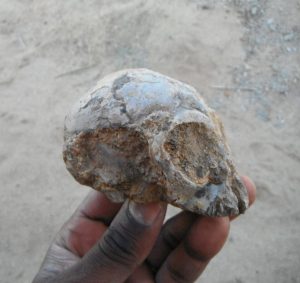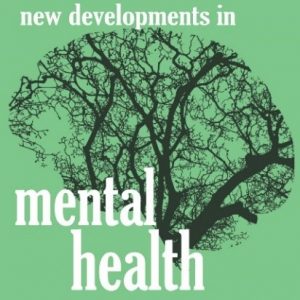C2ST Social at Lagunitas

Chicago Council on Science and Technology’s
C2ST Social at Lagunitas
This is the repository for all things C2ST. You can learn with videos of our past events, read articles concerning cutting-edge research and development in Chicago and elsewhere that will change our lives, check out C2ST in the news, and more! Use the Filter Media options below to browse C2ST’s content and discover something new!
We graciously thank The Brinson Foundation for their generous sponsorship of the C2ST Science Communication Internship in 2021-2024. As a result, an incredibly talented group of diverse STEM undergraduate and graduate scholars at area colleges and universities researched and developed over 125 blogs.* Enjoy-If you like, please share!
*As of 7.1.25

Chicago Council on Science and Technology’s
C2ST Social at Lagunitas
The recent discovery of a 13 million-year-old fossil infant ape skull has offered a rare glimpse of what the common ancestor of all living apes and humans may have looked like. The fossil, nicknamed “Alesi,” belongs to a newly named species called Nyanzapithecus alesi. Alesi was discovered in a desolate region of Kenya by John Ekusi, a member of Dr. Isaiah Nengo’s research team. In this talk, Dr. Nengo will share the story of finding this rare fossil and discuss the secrets that cutting-edge technology has uncovered about the life of this ancient infant.

Chicago Council on Science and Technology and
The Leakey Foundation Present
Alesi: The Life, Death, and Discovery of an Ancestor
Continue reading “Alesi: The Life, Death, and Discovery of an Ancestor”

Chicago Council on Science and Technology and the Radler Present
C2ST Speakeasy: Technology and Politics

Chicago Council on Science and Technology, the Chicago Society for Neuroscience, ARCS Foundation—Chicago Chapter and NAMI Chicago Present
New Developments in Mental Health